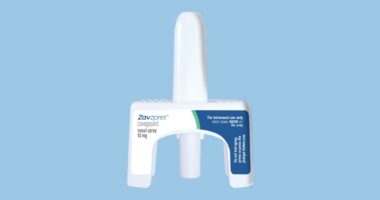Americans are paying about twice as much for gasoline now as they were early in the Covid-19 pandemic. And the high price of fuel is costing consumers away from the gas pump, too, contributing to decades-high inflation on a range of goods and services.
When oil becomes more expensive, so does everything else. And $20 doesn’t go as far in a car’s fuel tank.
How did we get here?
The run-up in gasoline prices was spurred by a supply-demand imbalance that developed in the oil market during the pandemic. Analysts have said that already-high crude prices could reach $100 a barrel this year, which doesn’t bode well for what Americans pay at the pump or transportation costs throughout the economy. Before we examine the extended outlook for oil and gasoline, let’s review the market forces that pushed crude prices to their highest level in years.
Why hasn’t supply kept up with demand?
Despite rising consumption and dwindling inventories, producers have been slow to restore output to pre-pandemic levels. Spending on exploration and production has remained near its lowest level since the start of the shale drilling boom. The number of rigs drilling in North America also reflects the pullback.

Spending on exploration
and production
$200 billion
Note: Spending figures for 2021 and 2022 are estimates.
Sources: Evercore ISI (spending); Baker Hughes (rig count)

Spending on exploration
and production
$200 billion
Note: Spending figures for 2021 and 2022 are estimates.
Sources: Evercore ISI (spending); Baker Hughes (rig count)

Spending on exploration
and production
$200 billion
Note: Spending figures for 2021 and 2022 are estimates.
Sources: Evercore ISI (spending); Baker Hughes (rig count)

Spending on exploration
and production
$200 billion
Note: Spending figures for 2021 and 2022 are estimates.
Sources: Evercore ISI (spending); Baker Hughes (rig count)

Spending on exploration
and production
$200 billion
Note: Spending figures for 2021 and 2022
are estimates.
Sources: Evercore ISI (spending);
Baker Hughes (rig count)
Will demand slow down so supply can catch up?
Fuel consumption is likely to rise into the summer driving season, and as air traffic picks up. Demand is also rising internationally as more economies reopen after Covid-19 restrictions. The International Energy Agency has said it expects global demand for oil in 2022 to exceed pre-Covid-19 levels.

U.S. air travelers, daily average through Feb. 8 of each year
Source: Transportation Security Administration
Note: Based on TSA checkpoint volume.

U.S. air travelers, daily average through Feb. 8 of each year
Source: Transportation Security Administration
Note: Based on TSA checkpoint volume.

U.S. air travelers, daily average through Feb. 8 of each year
Source: Transportation Security Administration
Note: Based on TSA checkpoint volume.

U.S. air travelers, daily average
through Feb. 8 of each year
Note: Based on TSA checkpoint volume.
Source: Transportation Security Administration

U.S. air travelers,
daily average
through Feb. 8
of each year
Note: Based on TSA
checkpoint volume.
Source: Transportation
Security Administration
Write to Ryan Dezember at [email protected]
Copyright ©2022 Dow Jones & Company, Inc. All Rights Reserved. 87990cbe856818d5eddac44c7b1cdeb8









